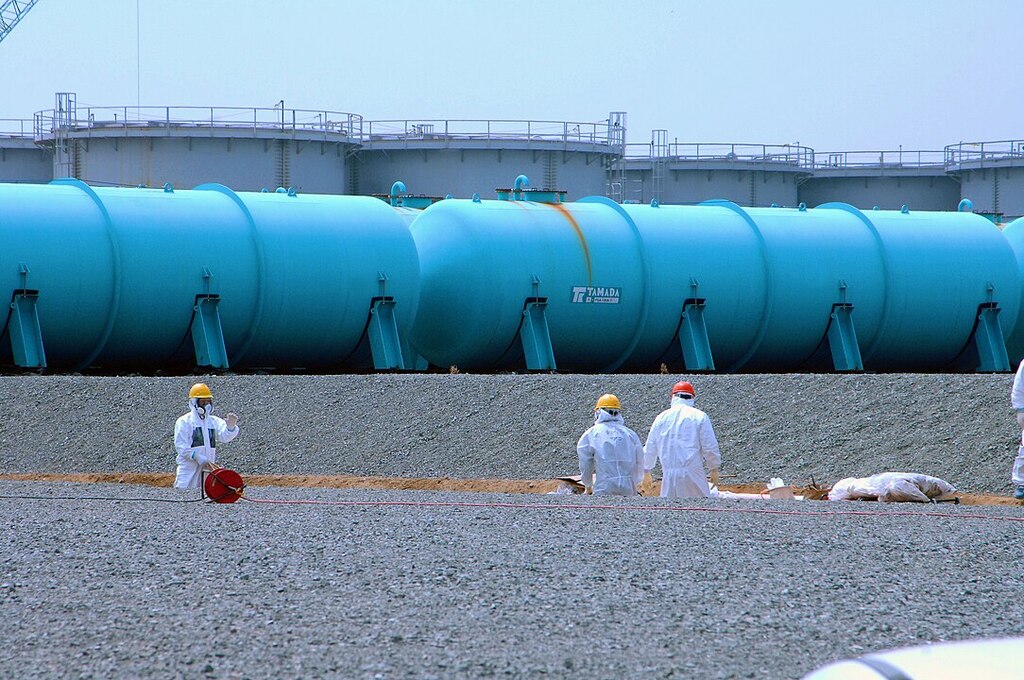TOKYO – Japan began the second phase of the discharge of treated wastewater from the wrecked Fukushima nuclear power plant into the Pacific Ocean today, after the first phase was carried out within the established safety limits between August 24 and September 11.
The second phase of the discharge kicked off around 10.30am and is scheduled to continue through October 23 – estimating the total discharge amount at 7,800 tonnes, almost the same amount as that of the first period.
The daily discharge is expected to be 460 tonnes, Japanese media reports said.
Tokyo Electric Power Co, the plant’s operator, plans to release the water, stored in tanks after being treated through a custom purification system known as the Advanced Liquid Processing System (ALPS) since its meltdown in March 2011, through a sea tunnel extending 1km into the ocean.
ALPS can remove 62 kinds of radioactive substances, except tritium, which can be reduced to the international safety level through dilution with seawater.
The Japanese government, the Fukushima prefectural government and Tokyo Electric have regularly analysed the concentration of tritium in seawater and fish around the nuclear power plant since the beginning of the first discharge and reported no abnormalities.
Tokyo Electric again measured the concentration of tritium in the treated and diluted wastewater yesterday, and found it was up to 87 becquerels per litre, which was lower than the discharge standard.
Yesterday, Agriculture and Food Security Minister Datuk Seri Mohamad Sabu said that the government is not restricting the import of agricultural and fish products from Japan.
He said that the Health Ministry constantly monitors food safety, including radiation inspections, and has confirmed that fish products imported from Japan are safe for consumption.
Previously, several countries raised concerns after Tokyo dumped processed radioactive water from the Fukushima nuclear power plant into the Pacific Ocean. This prompted China, Hong Kong, and North Korea to take immediate action to restrict marine products from Japan. – October 5, 2023

